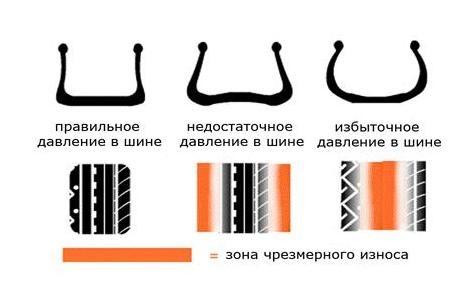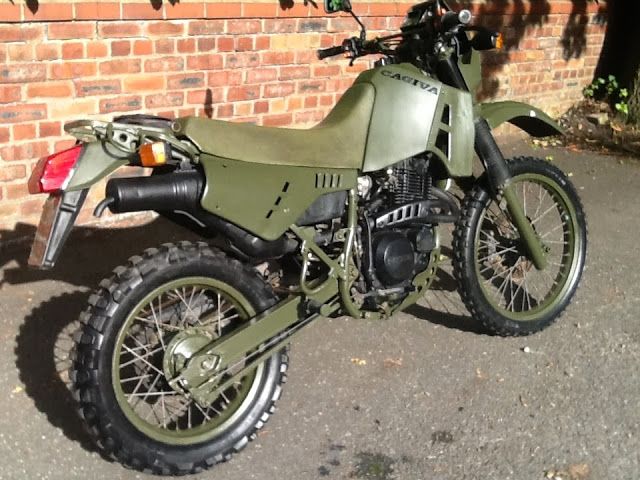
Tire pressure. How and where to control?
 There are many things to keep in mind before a trip, but tire pressure monitoring should not be underestimated - it is primarily a matter of safety and driving economy.
There are many things to keep in mind before a trip, but tire pressure monitoring should not be underestimated - it is primarily a matter of safety and driving economy.
– The tire pressure should be checked at least once a month and before every long journey. “A suitable pressure value is the one recommended by the manufacturer,” says Zbigniew Veseli, director of the Renault Driving School.
Why is incorrect tire pressure dangerous?
Maintaining tire pressures as specified by the manufacturer ensures tire life and improves driving safety. Both too high and too low pressure are harmful. Excessive results, including loss of traction and braking distances that are too short, can result in loss of vehicle control and tire damage. A particularly dangerous situation is a sudden rupture of a tire while driving. It also favors high temperatures, so you need to be especially careful from May to the end of September.
See also: Replacing lamps. These cars are really bad.
Driving with improperly inflated tires is also wasteful. In this case, the tires wear unevenly and faster than if the correct pressure was maintained. If the pressure is too low, the fuel consumption increases further.
See also: Testing a hybrid with a 4×4 drive
How and where to control?
– The tire pressure should only be checked when the tires are cold, at least after stopping for an hour. If we have a spare tire, we need to check it too. You can do this with your own pressure gauge or go to a gas station - most of them have a compressor that allows you to get the right pressure, say instructors from the Renault Driving School.
It is worth remembering that when transporting a heavy load, the tire pressure should be slightly higher. On the other hand, a regularly observed drop in pressure may indicate problems with the wheel and require a service check.
